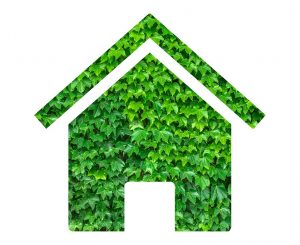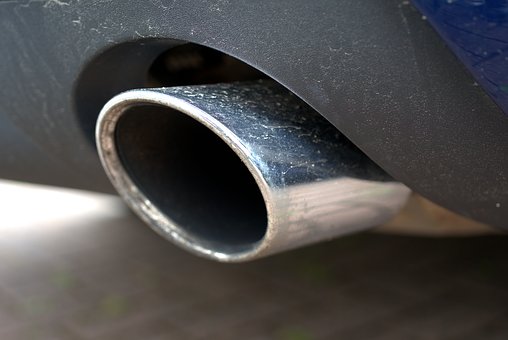Project teams have relied on LEED (Leadership in Energy and Environmental Design) standards to achieve healthy, cost-effective, and environmentally sound status in green buildings since the U.S. Green Building Council (USGBC) piloted the certification in 1998. Thanks to the third-party verification system, more people have come to understand that sustainable buildings aren’t just good for the planet. Those who build, own, and occupy them reap personal benefits. Let’s face it, we humans like our comfort and we love to save money, so once we hear people gushing over pristine indoor air, lower energy bills, and all-around better living, we all start to want in.
Encouraged by the momentum (LEED by the numbers), the USGBC released LEED Zero at the Global Climate Action Summit last September. (A building is ‘net zero’ if it produces as much energy as it uses over the course of a year.) The initiative formalizes the organization’s commitment to focusing on carbon and net zero across the LEED community and its belief that it’s time to take sustainable building practices and resources to the next level.
Projects that seek LEED Zero certification must demonstrate implemented net zero carbon emissions, net zero energy use, net zero water use, or net zero waste. As well, projects must be LEED-certified and able to provide 12 months of performance data across any or all of these categories. The new certification is open to all LEED projects certified under the BD+C, ID+C, or O+M rating systems or those registered to pursue LEED O+M certification.
The USGBC says, “These new certification programs will encourage a holistic approach for buildings and places to contribute to a regenerative future and enhance the health and wellbeing for not only building occupants, but all of humanity.”
Why it Matters.
At Haglid EngineeringTM, we’re excited about the new certification. After all, the October 2018 report from United Nations’ Intergovernmental Panel on Climate Change issued a stark reality: In order to halt the increase in global temperature, carbon dioxide emissions must be 45% less than they were in 2010 and carbon dioxide emissions must reach net zero around 2075.
Now, buildings have a lifespan of 50 – 100 years. That’s 50 – 100 years of consuming energy and producing CO2 emissions. What if just half of new commercial buildings used 50% less energy? According to the USGBC, it would save over 6 million metric tons of CO2 annually for the life of the building. That translates to taking more than 1 million cars off the road every year.
The task at hand.
Meeting LEED net zero certification is an important step in slowing, stopping, then reversing greenhouse gas emissions. Sure, the task is monumental. It’s mandatory, though, if we want to prevent catastrophic damage to quality of life as well as loss of life due to climate change. Luckily, we are not at a loss for solutions. The USGBC points to a need for “dramatic advances in technologies and a shift in how the world economy generates and uses energy.”
Haglid Engineering is proud to be part of the solution. We have been responsible for net zero solutions and we know how to implement dramatically advanced HVAC systems that create those pristine breathing environments as they lower energy bills. In fact, we are responsible for removing over 750,000 car years’ worth of CO2 emissions from the atmosphere. Want to be part of the solution with us? Just ask! We’re willing to share this great feeling and you won’t believe the ROI that comes with making sustainable changes to your building or home!


